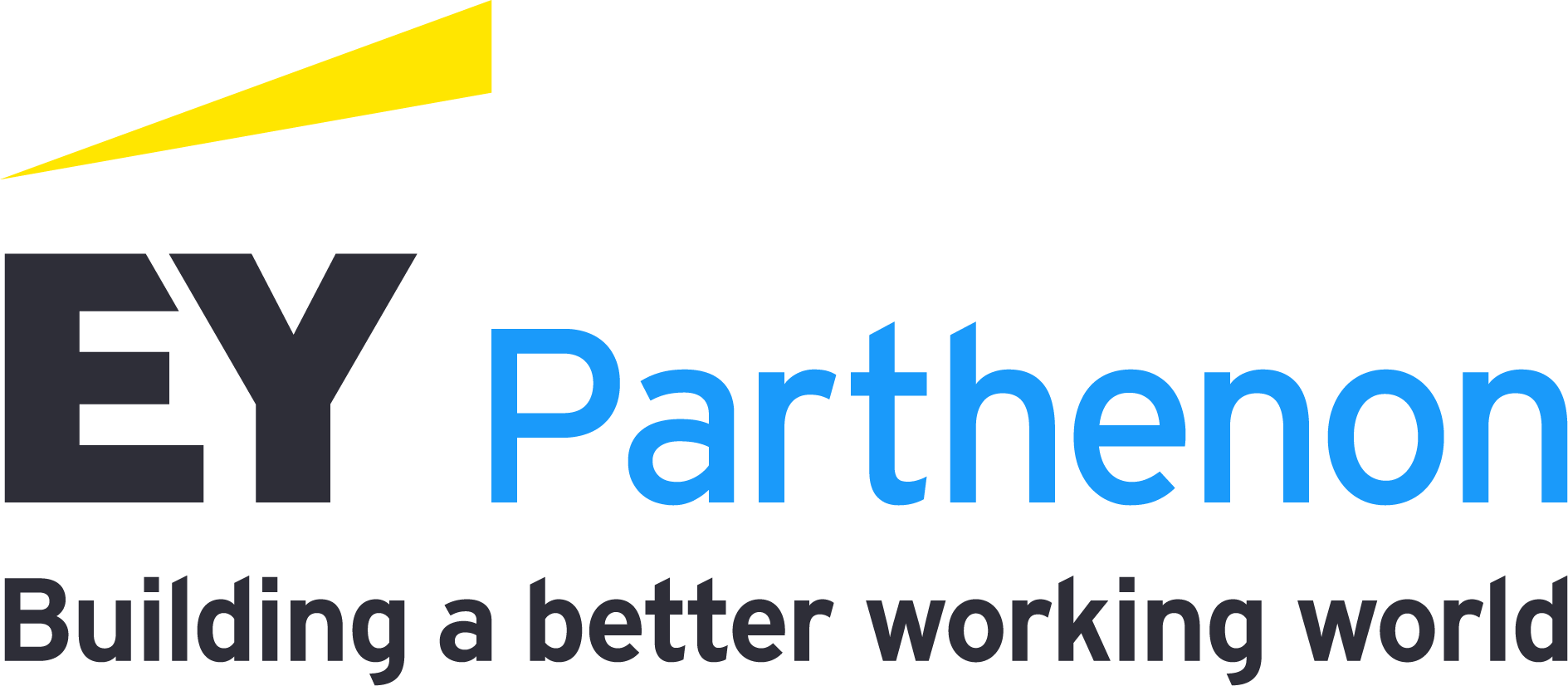Institutions are moving forward with their plans to invest optimistically and cautiously, with the majority of those that are currently invested allocating 1% to 5% of their portfolios to digital assets or related products. Seventy‑six percent of respondents who have invested in digital assets suggest portfolio allocations below 5%, with only 3% of respondents allocating above 20% of their portfolios. Given their risk-on nature, hedge funds are a notable exception, with 36% of respondents allocating above 5% of their portfolios to the asset class.
In addition, 71% of respondents with AUM/AUAs <$1b indicated they allocate >1% of their portfolio to digital assets vs. 60% of all respondents, while only 45% of institutions with >$500b in AUM/AUA indicated they allocate more than 1% of their portfolio.
Looking to the future, institutions overwhelmingly expect to increase their allocations, with consistent growth expected in 2024 or 2025, aligning with the generally cautious but optimistic approach.
Spot cryptocurrency represents the most common investment, with bitcoin (BTC) and Ethereum (ETH) being the most prevalent. It is important to note, however, that 60% of institutions invested in spot cryptocurrency currently are also invested in cryptocurrencies beyond BTC and ETH. Going forward, spot cryptocurrency remains the most popular method for exposure, but as we look toward 2025, institutions expect to allocate more to other vehicles, notably “funds that are tracked to crypto” and “private equity/venture capital (PE/VC)-style investments” in digital asset firms.









